Assessing the feasibility of the 160 km coal conveyor project, the People's Committee of Quang Tri province and Central Capital Investment Company Limited are promoting investment licensing procedures.
On the morning of June 9, the People's Committee of Quang Tri province held a meeting on the proposal to build a coal conveyor belt from La Lay international border gate, Dakrong district to a specialized port in My Thuy, Hai Lang district of Central Capital Company.
Mr. Le Duc Tien, Vice Chairman of Quang Tri Province, affirmed that the project is feasible and determined to speed up the progress. On June 4, the province sent a document to the Prime Minister requesting approval for the construction of warehouses and conveyor belts in the La Lay border area; assigned the province to coordinate with Laos to design and construct; requested the Ministry of Industry and Trade, Finance, Natural Resources and Environment, and the General Department of Customs to support investment procedures.
Next week, the Provincial People's Committee is expected to report to the Provincial Party Committee Standing Committee to request investment policy for the project. Provincial Vice Chairman Le Duc Tien requested that relevant departments promptly update the project planning into the provincial planning and support investors in completing procedures. This will be the first cross-border freight conveyor project in Vietnam.
At the meeting, the departments and branches requested investors to review the land use area to reduce the area of natural forest, re-evaluate the environmental impact, investment efficiency, and consider using conveyor belts if coal supplies run out...
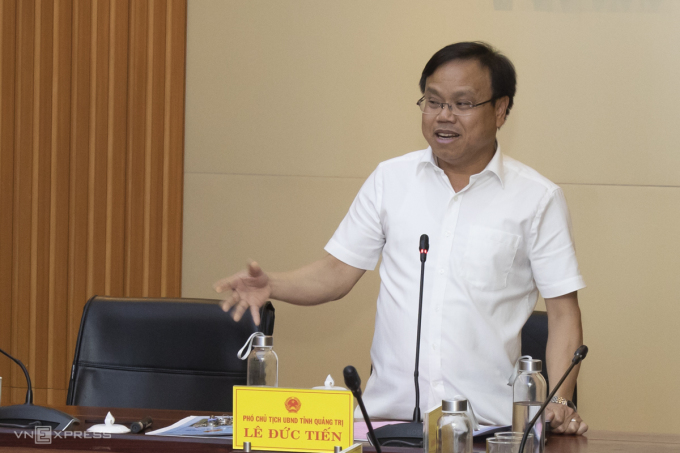
Mr. Le Duc Tien assessed the feasibility of the project to build a coal conveyor belt from the border to the seaport. Photo: Hoang Tao
Representative of Central Capital Investment Company Limited, Mr. Hoang Van Nang said that the conveyor belt is 160 km long, divided into three sections: the section on the Lao side is 85 km long, the section is more than 5 km long across the border and the section is 70 km long from La Lay border gate to My Thuy seaport.
The conveyor belt is 6 m wide, electrically operated, with a speed of 18 km per hour, running on a system of beams, elevated steel trusses, cutting through terrain, with overpasses or tunnels through mountains, thus shortening the distance compared to roads. The conveyor belt is designed to be closed, simple to operate, ensuring the environment, noise, and fire prevention. Construction time is about two years, expected to be operational by the end of 2026.
Mr. Nang said the conveyor belt from La Lay to My Thuy has a capacity of 27 million tons per year, helping investors reduce 40% of transportation costs, thereby indirectly reducing coal prices.
In parallel with the coal conveyor, the investor proposed to build a specialized port at My Thuy seaport, capable of transferring coal to 50,000 DWT ships to clear the output for coal imported to Vietnam. The total investment for the two items is 7,500 billion VND, including a 5,000 billion VND conveyor and a 2,500 billion VND specialized port.
The project will help Quang Tri budget collect 4,800 billion VND per year, create jobs, promote socio-economy , and ensure energy security.
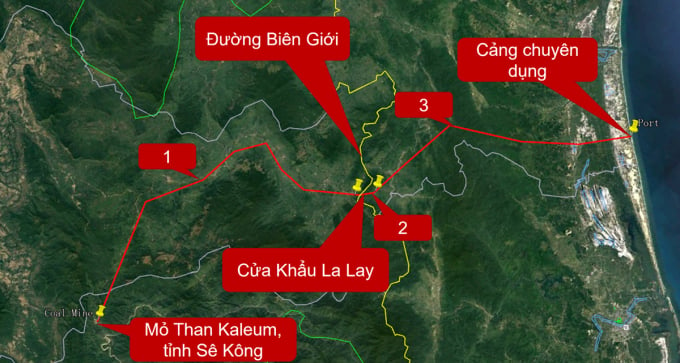
The coal conveyor diagram from Sekong province (Laos) to the seaport as proposed by the investor, divided into three sections. Photo: Investor
Currently, Vietnam's coal demand is about 97 million tons per year, and is forecast to be 127 million tons by 2030. Domestic coal sources come from exploitation by the Vietnam National Coal and Mineral Industries Group, imported from Russia, Australia, Indonesia, Laos, etc. The import volume is about 80 million tons per year and is increasing.
Currently, the Sekong coal mine has a reserve of one billion tons, the Lao government has allowed the export of 250 million tons and can increase by 250 million tons. The output is 30 million tons per year. Investors have signed a coal mining contract with the mine owner in Laos, which has abundant and stable reserves.
Coal transportation by road from Sekong province (Laos) through La Lay international border gate to the seaport is the shortest. However, the maximum road transport capacity is about 3 million tons per year, not meeting the needs of investors. Road transport also faces many difficulties, with frequent congestion at the border gate area, along Highway 15D, Ho Chi Minh Road, with high risks of environmental pollution, road damage, and traffic insecurity.
Based on that situation, the consortium of Central Capital Company and Xekong Power Plant (Laos) proposed to build a coal conveyor from Laos to Vietnam's seaport. In May, the Border Committee of Vietnam and Laos conducted a field survey and agreed on the policy of building the conveyor.
Source link


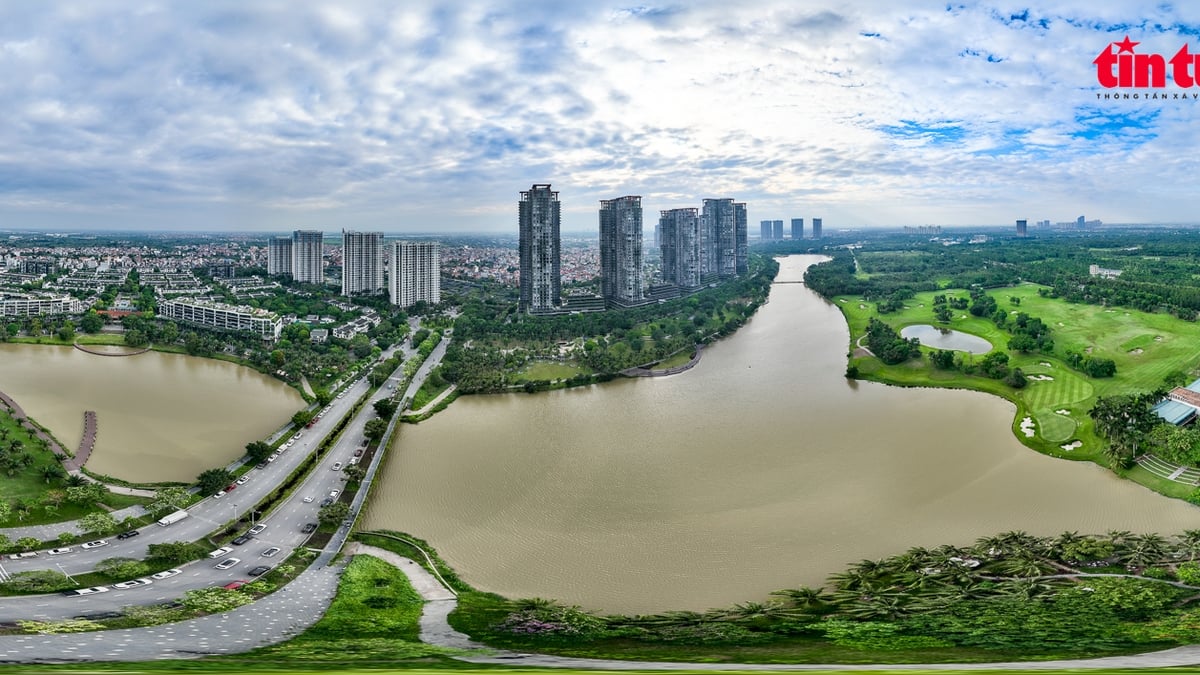







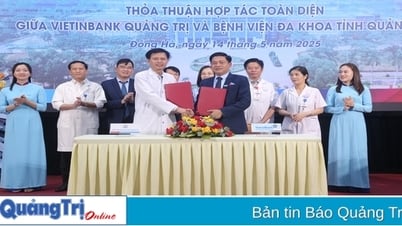



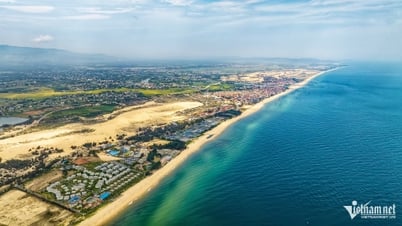


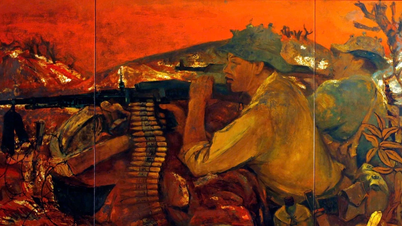

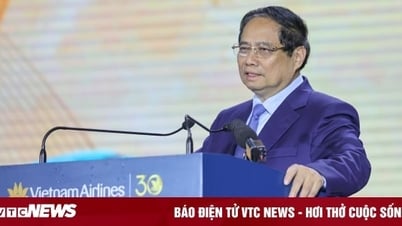



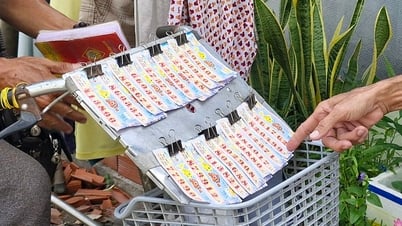
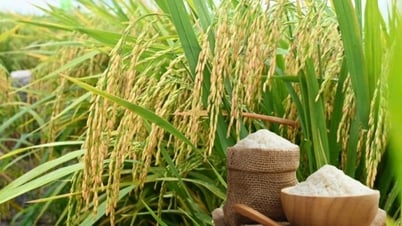


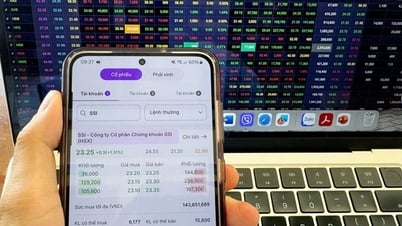
























































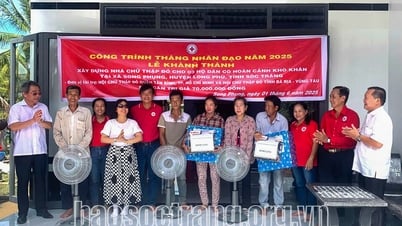



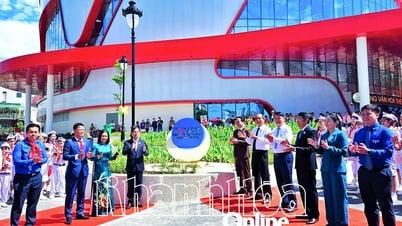

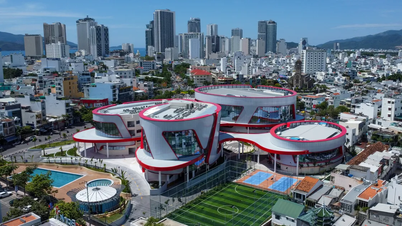



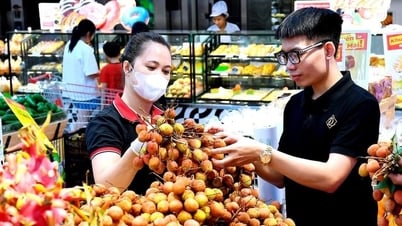






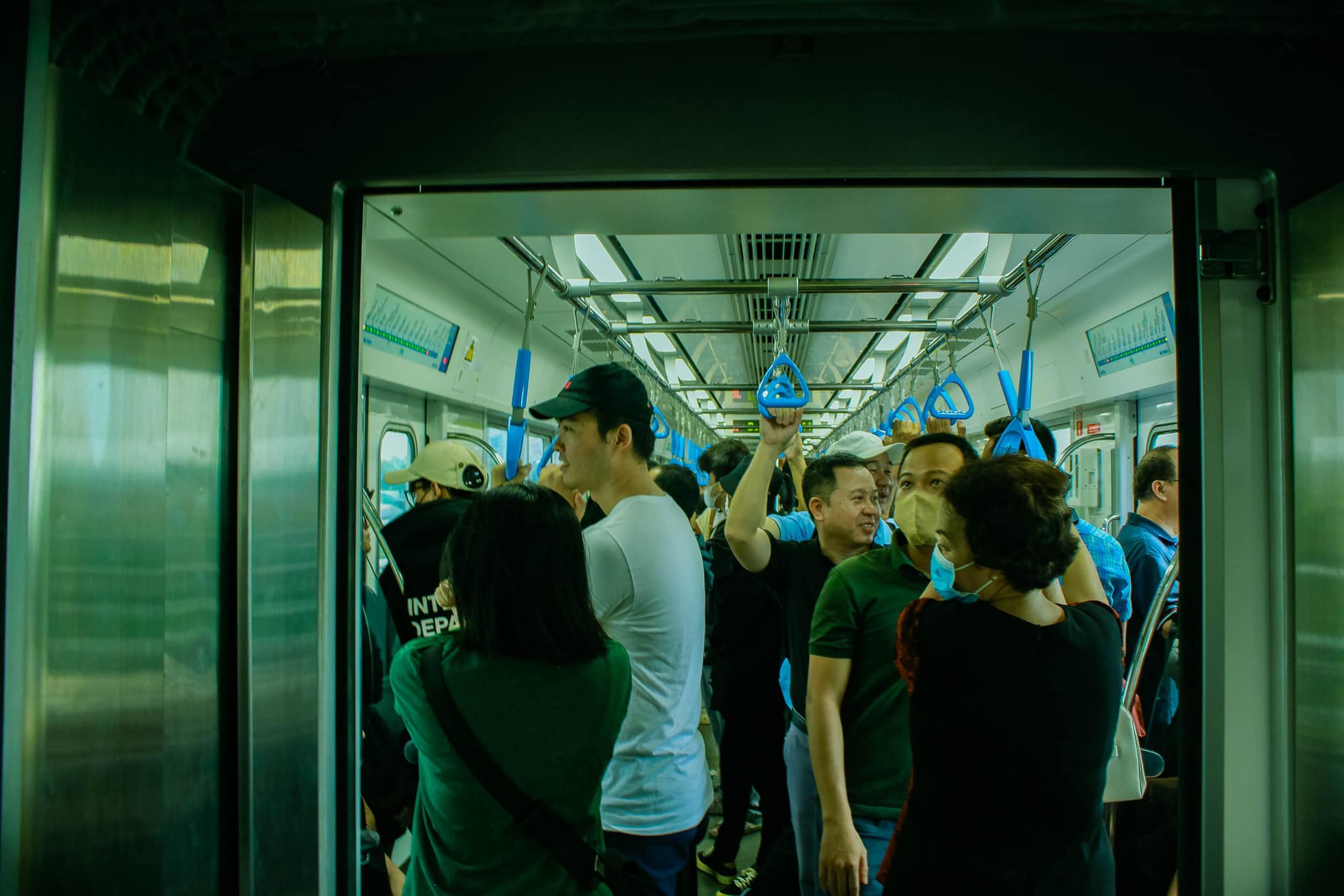



Comment (0)